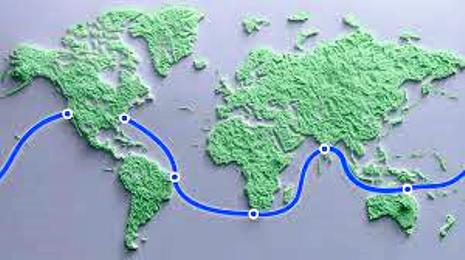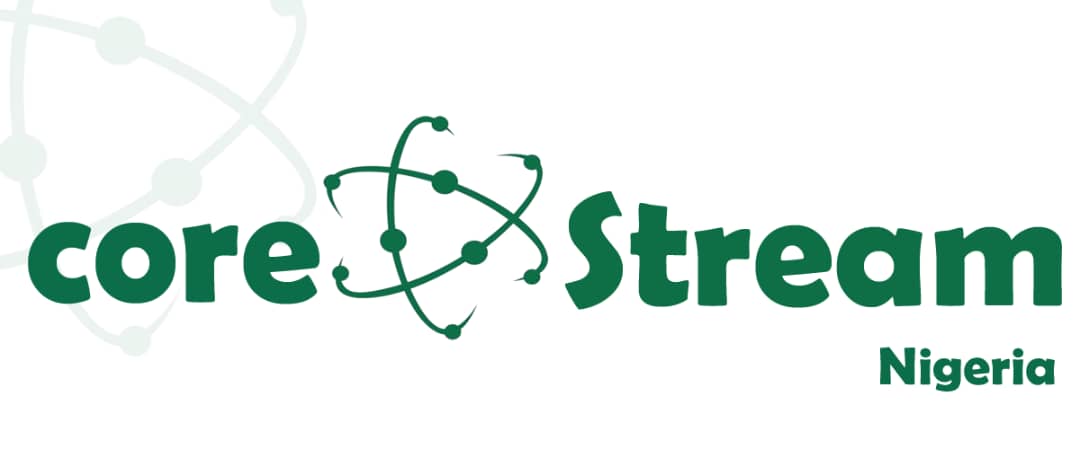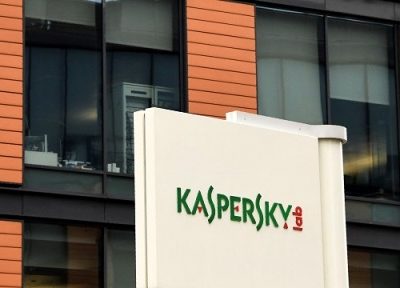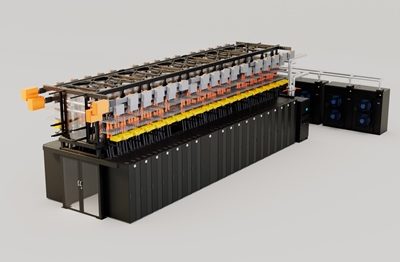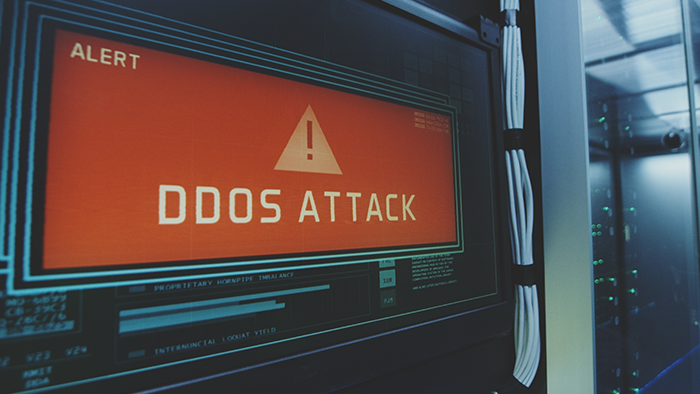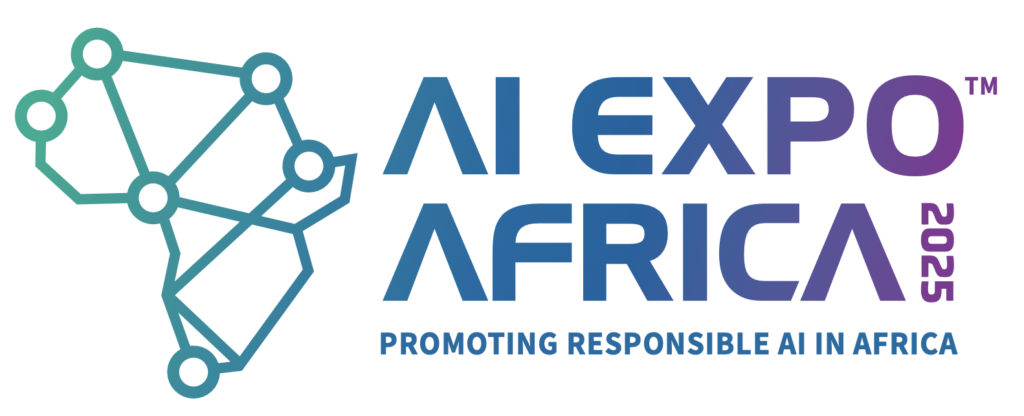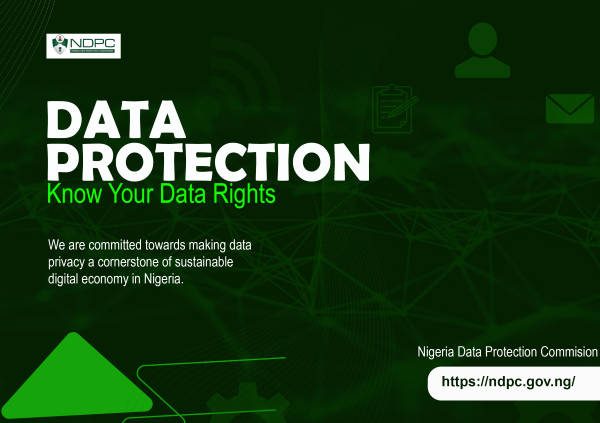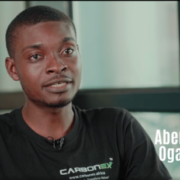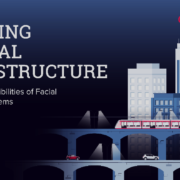By Engr. Gbolahan M.A. Alabi-Isama MS,Founder/CEO at Supercomafrica
Meta’s Waterworth Project is a monumental leap in global data transmission—a 31,000-mile subsea cable engineered to revolutionize connectivity. With 24 fiber pairs (compared to the typical 8-16), this cutting-edge network is set to dramatically enhance capacity and resilience across five continents.
RELATED: Meta to build $10b world’s largest subsea cable network
A Critical Upgrade for a Fragile System
Every day, $10 trillion in financial transactions, billions of communications, and AI-driven operations depend on undersea cables. Yet, recent damage in the Baltic Sea and East China Sea has exposed just how vulnerable these networks are. From tankers dragging anchors to suspected geopolitical sabotage, the threats are mounting.
Meta’s Answer: Waterworth
To tackle this challenge, Meta is making a multibillion-dollar investment in resilience and redundancy. Can Waterworth withstand the threats?
Waterworth will feature
- Designed for deep-sea routing—up to 4.3 miles down.
- Reinforced with enhanced burial techniques for added security.
- Engineered to fortify global infrastructure against both natural and human-made disruptions.
A Race Against the Inevitable
Imagine waking up to a world where financial markets collapse, AI stagnates, and the Internet slows to a crawl—all because of a single cable cut. This is not science fiction; it’s a real and growing risk.
Commendation Where It’s Due
A commendable effort in securing the digital backbone of our world. But here’s the reality check: undersea cables are under siege, Meta’s bold vision for Waterworth deserves recognition. Investing in robust infrastructure is not just about business—it’s about ensuring the future of global connectivity. While challenges remain, this ambitious project is a necessary step forward in securing the digital economy of tomorrow.
Will Waterworth be enough to protect the world’s data highways? Share your thoughts below.


